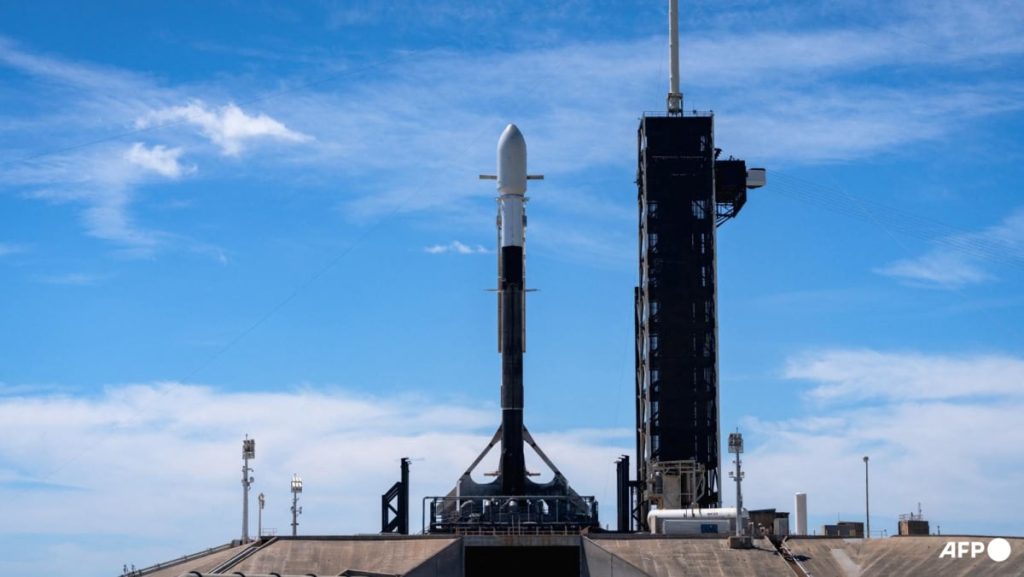South Korea successfully launched its second homegrown spy satellite into orbit using a SpaceX Falcon 9 rocket from the John F Kennedy Space Center in Florida. The livestreamed launch, which follows the deployment of the country’s first spy satellite from California in December, took place on Sunday night. The satellite successfully separated from the rocket and entered its targeted orbit, making successful communications with a ground station about two hours and 40 minutes after the launch.
The consecutive launches of these reconnaissance satellites highlight the race between South Korea and North Korea for military capabilities in space. North Korea, which had earlier experienced rocket failures, claimed success in placing its Malligyong-1 reconnaissance satellite into orbit using its own Chollima-1 launch vehicle in November last year. The country has plans to launch three new spy satellites by 2024. South Korean Defence Minister Shin Won-sik suggested that North Korea may launch its second spy satellite as early as mid-April based on the military’s observations of their activities.
Seoul’s second spy satellite is equipped with a synthetic aperture radar (SAR) that can produce images regardless of weather conditions and how it processes data. This advanced technology allows the satellite to gather critical intelligence and surveillance data even in adverse weather conditions. The capability of producing images under any circumstances enhances the effectiveness of the satellite’s reconnaissance operations. South Korea’s efforts to enhance its reconnaissance capabilities in space reflect the country’s commitment to ensuring national security and staying ahead of potential threats.
The successful deployment of South Korea’s second spy satellite represents a significant milestone in the country’s space program and national defense strategy. The satellite’s entry into orbit and its communication with ground stations demonstrate the technological advancements made by South Korean scientists and engineers in developing sophisticated surveillance systems. By leveraging space technology for intelligence gathering, South Korea aims to enhance its military surveillance capabilities and maintain a strategic advantage in dealing with potential security challenges, particularly from North Korea.
The rapid advancements in space technology and the increasing militarization of space highlight the importance of satellite capabilities for national security. With countries like North Korea making significant investments in their space programs, including the launch of reconnaissance satellites, South Korea’s expansion of its own satellite surveillance system is crucial for maintaining regional stability and security. By harnessing cutting-edge radar technology and satellite imagery, South Korea can closely monitor potential threats, enhance situational awareness, and respond effectively to evolving security challenges across the region.
Overall, South Korea’s successful launch of its second spy satellite underscores the country’s commitment to bolstering its reconnaissance capabilities in space and enhancing its national security posture. The deployment of advanced technologies such as synthetic aperture radar on the satellite enables South Korea to gather critical intelligence and surveillance data, regardless of weather conditions. In the face of escalating military tensions in the region and the growing threat posed by North Korea’s space program, South Korea’s space initiatives play a crucial role in safeguarding its interests and maintaining regional stability. By investing in cutting-edge satellite technologies and space capabilities, South Korea remains at the forefront of defense innovation and preparedness in the increasingly contested domain of outer space.















